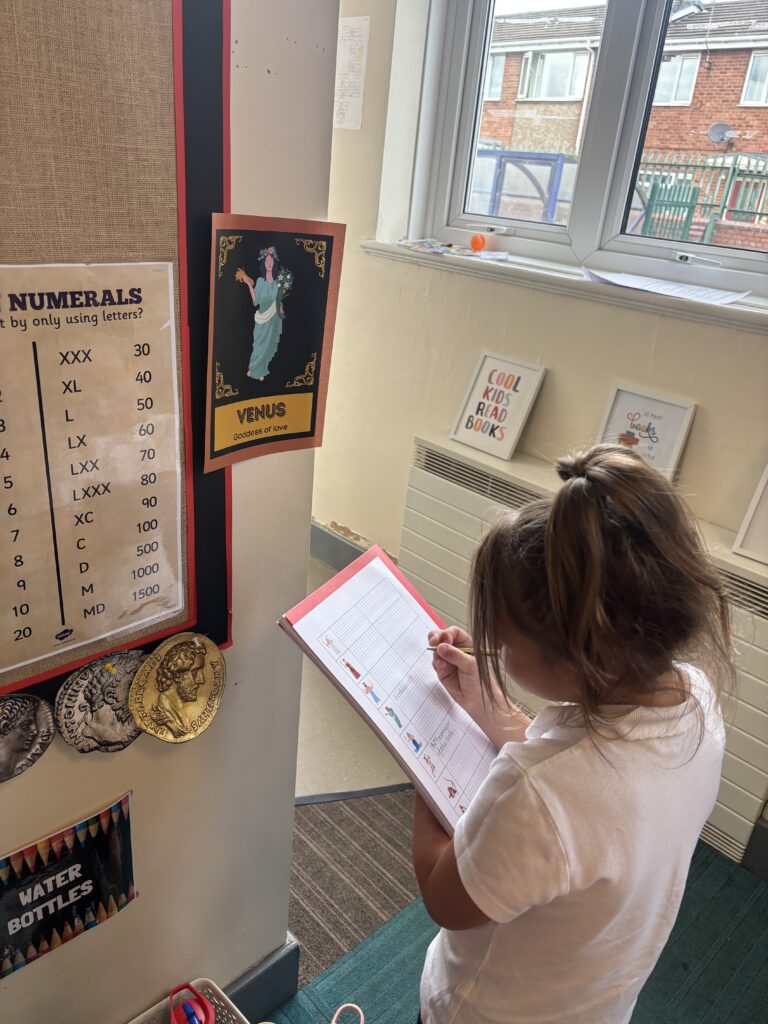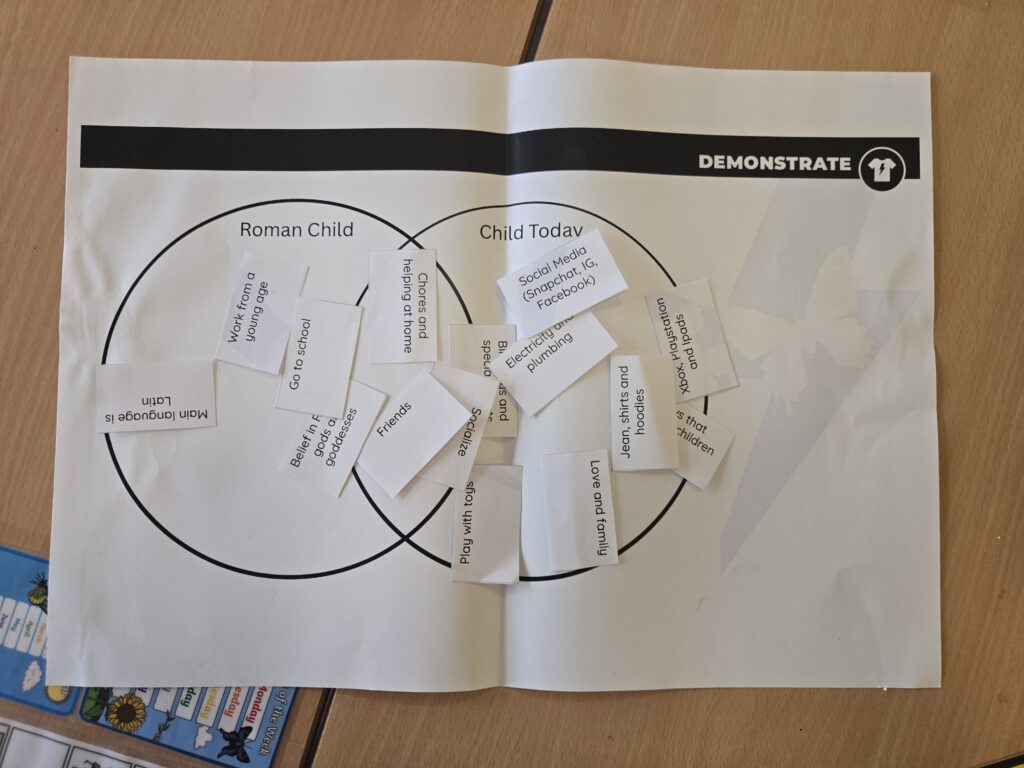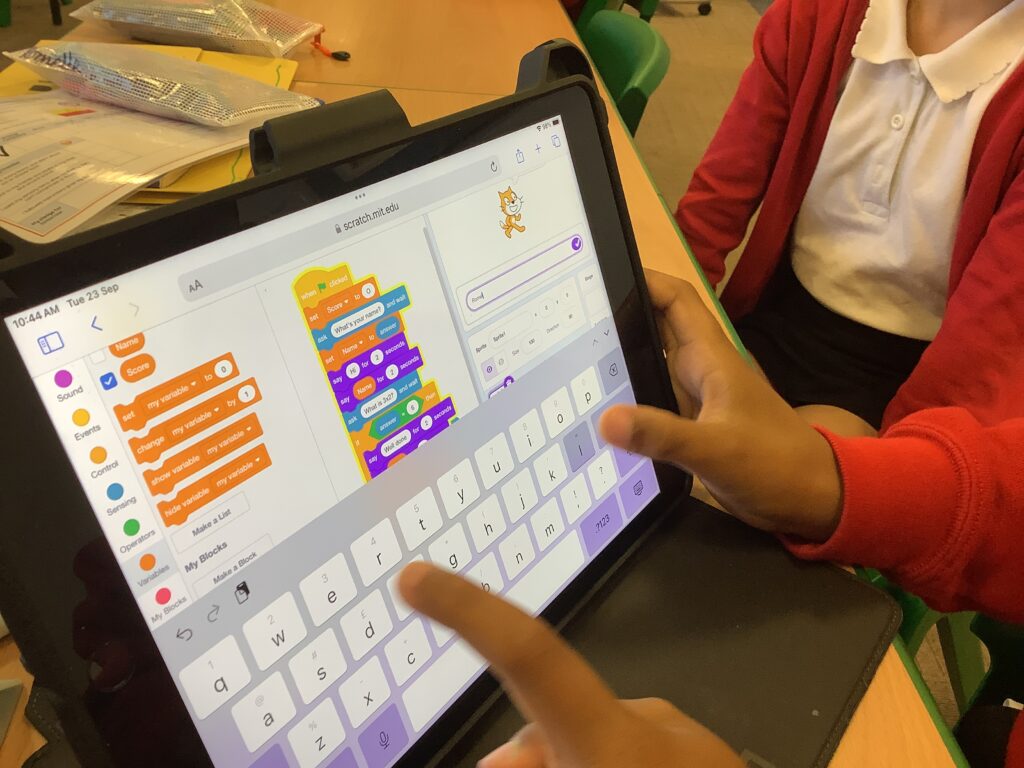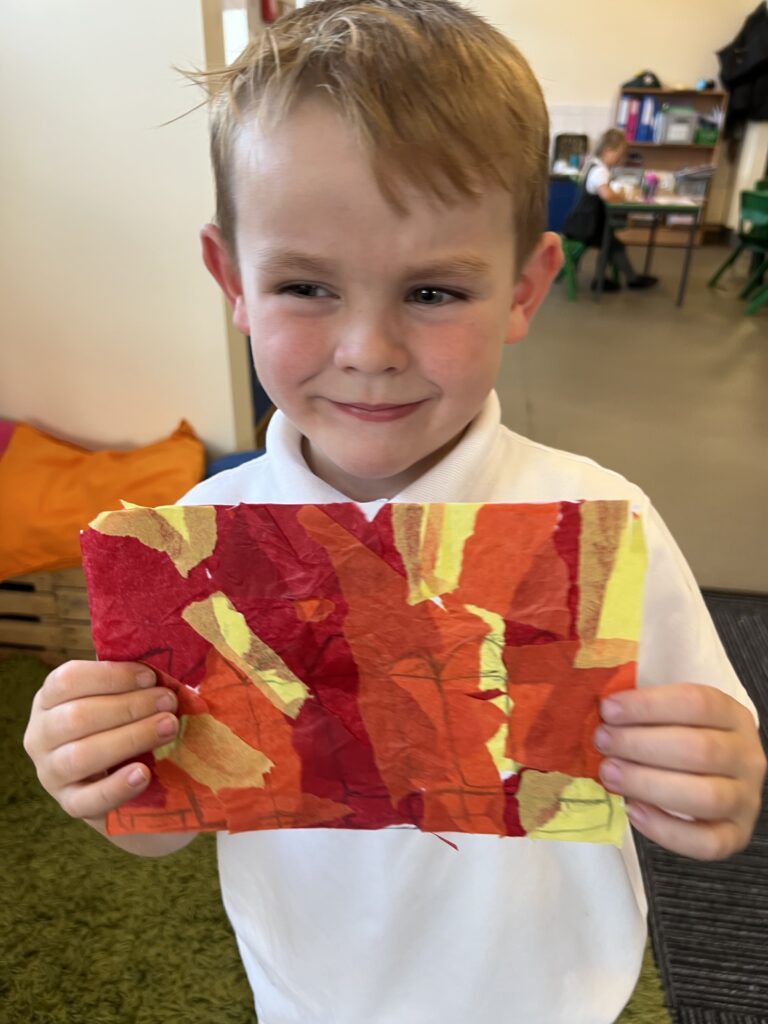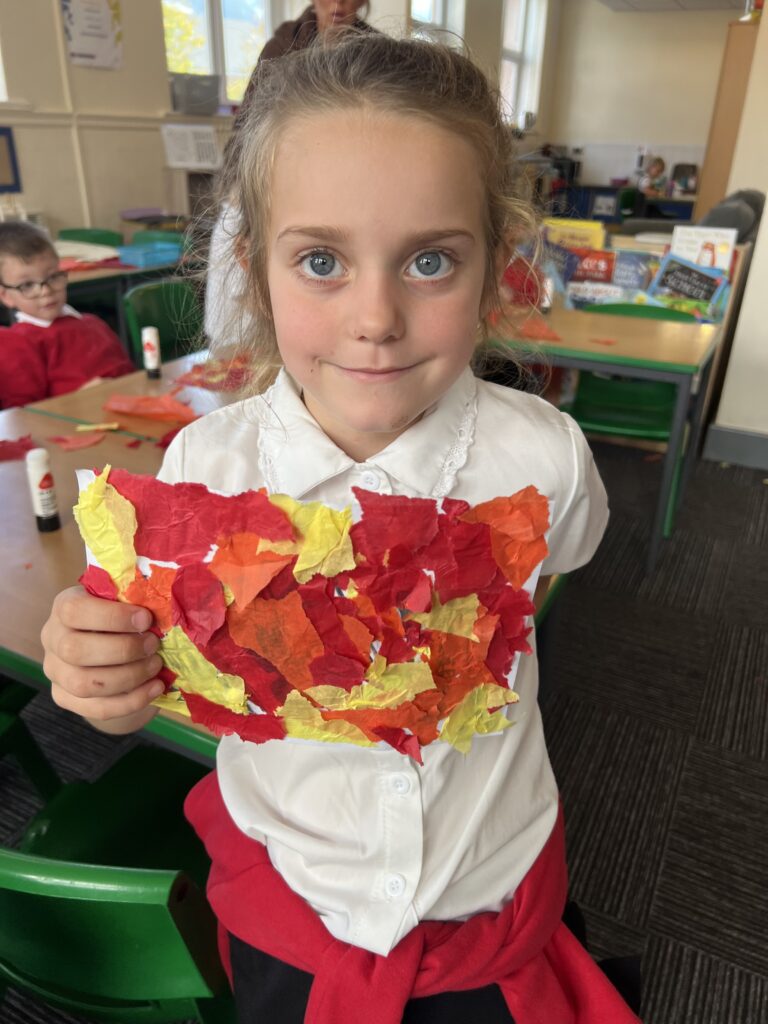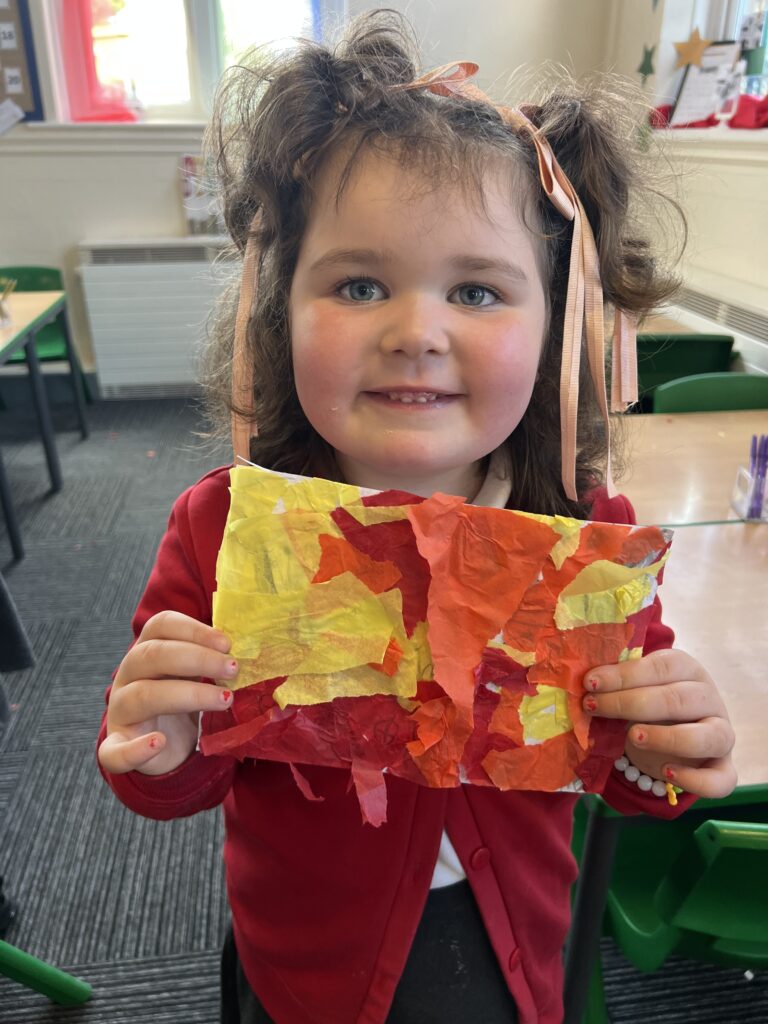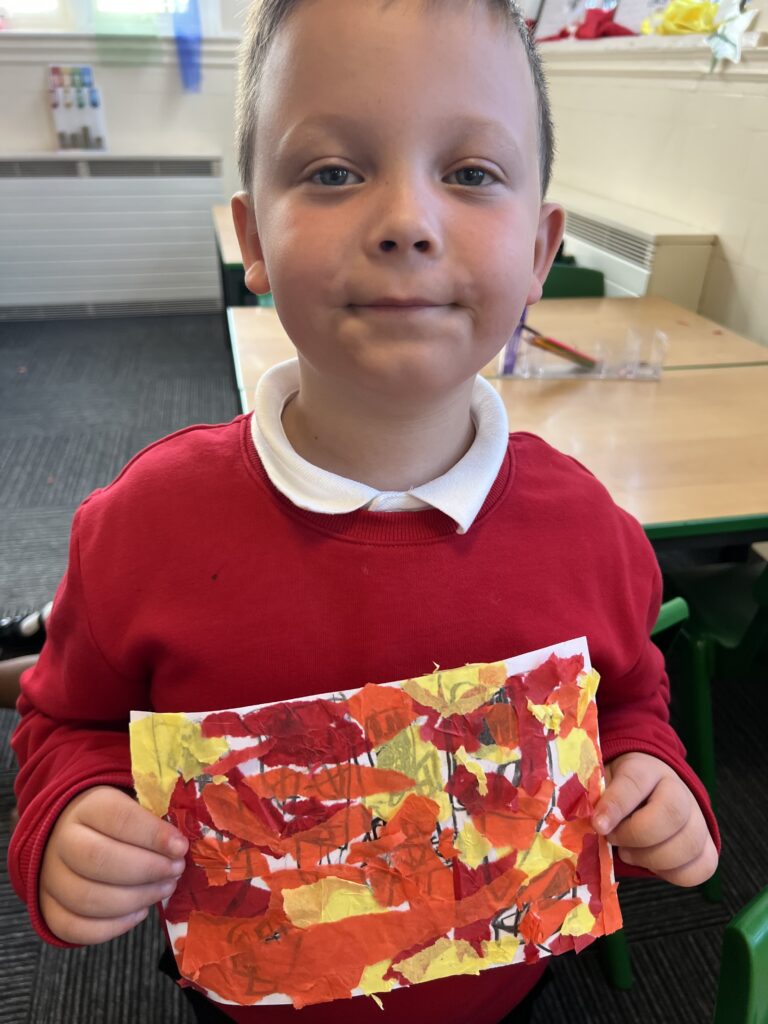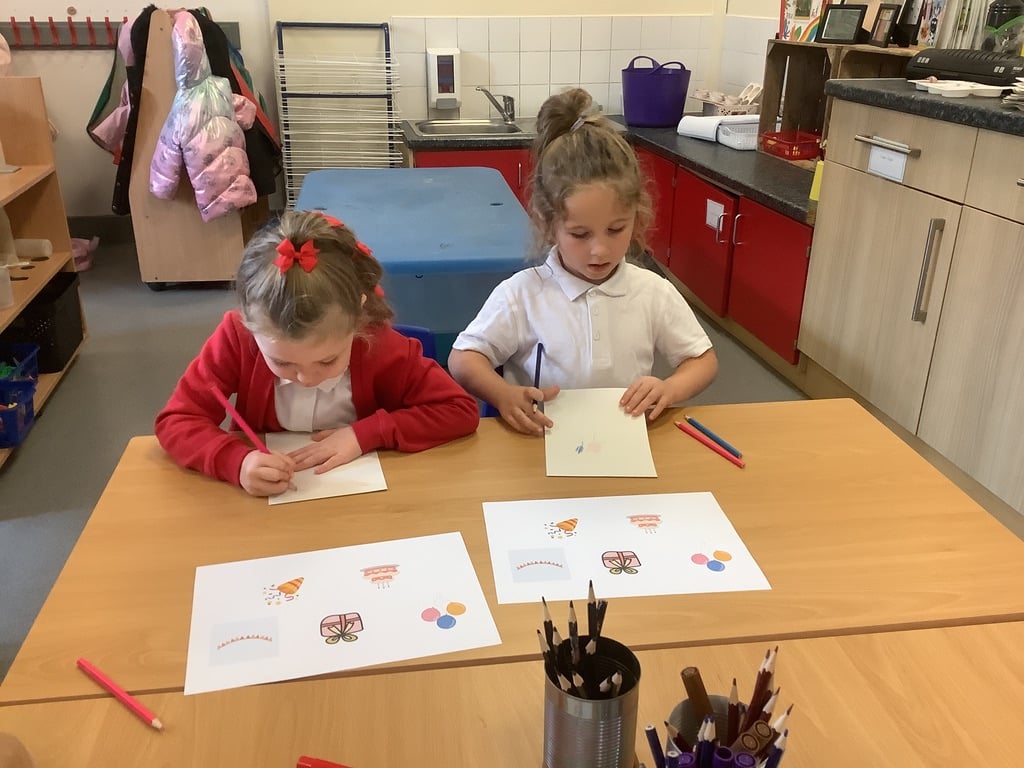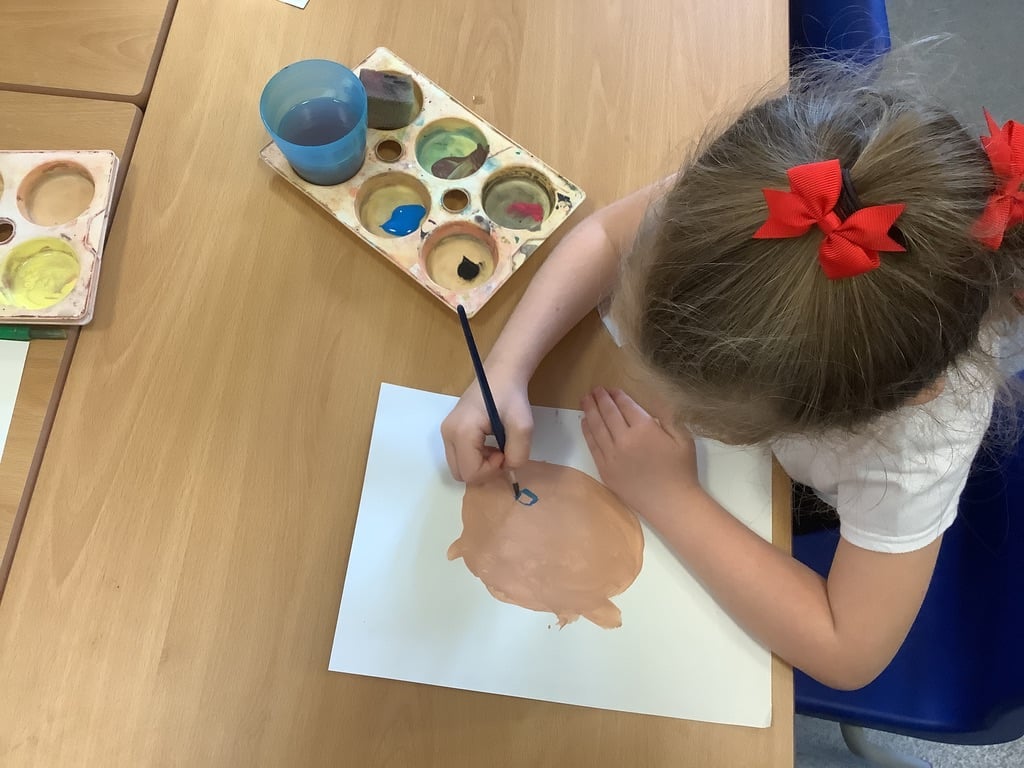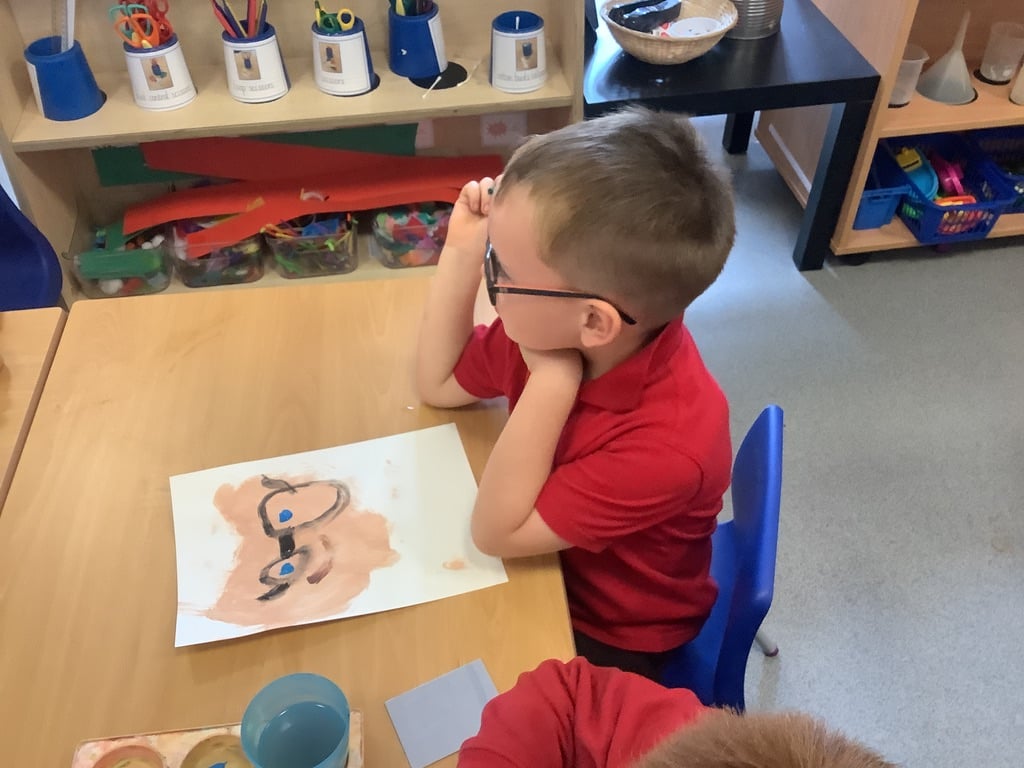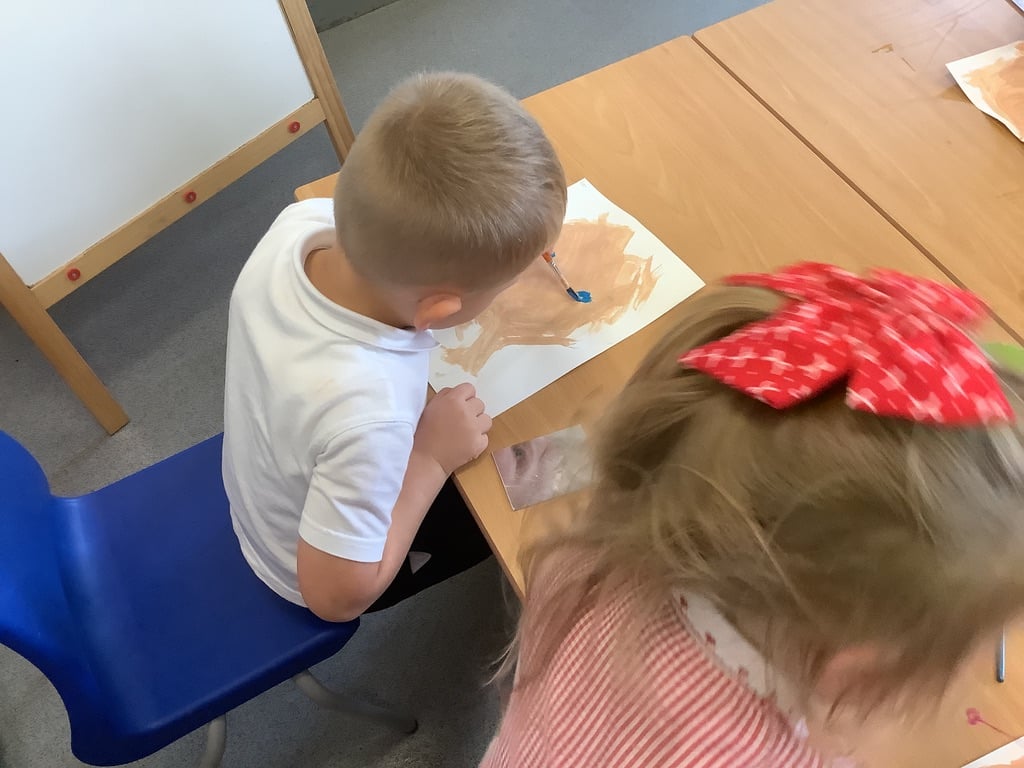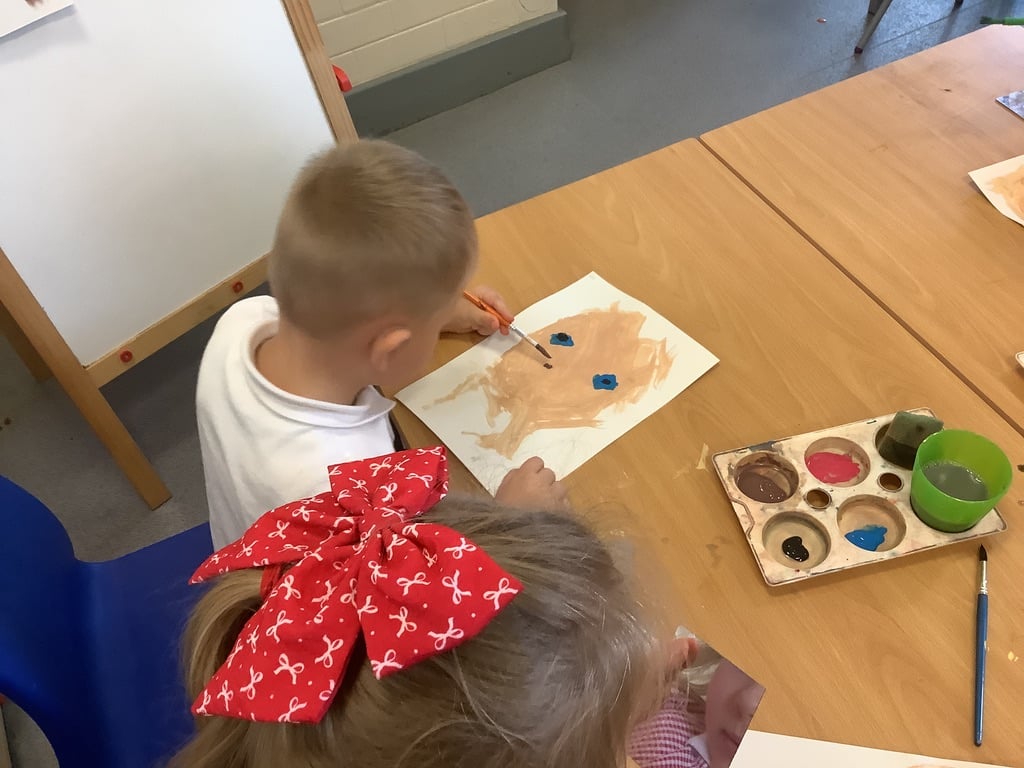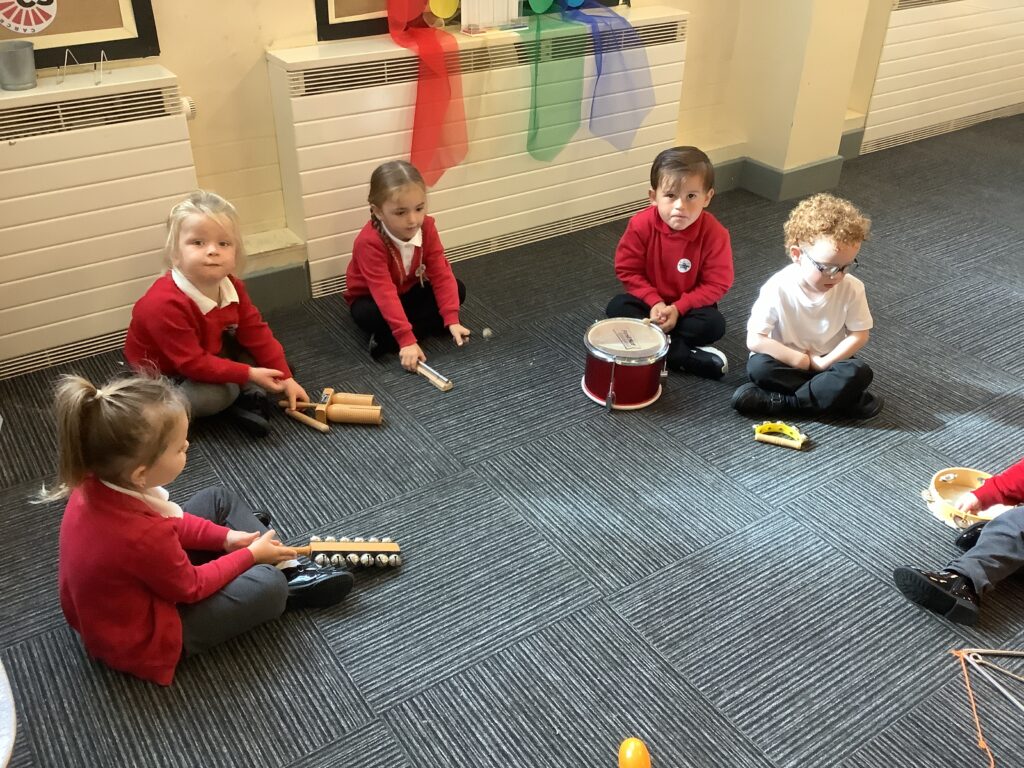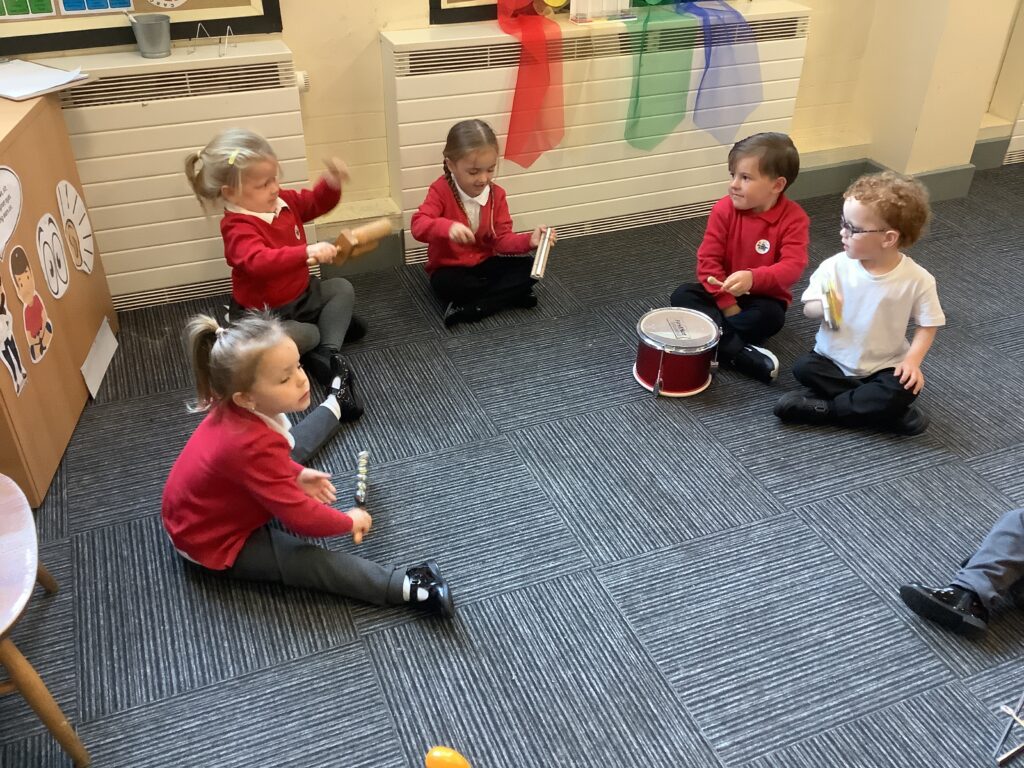Today were learnt that Romans didn’t just believe in one God like Christians do but they believed in many Gods and Goddesses. This is called polytheism.
We started by taking part in a gallery walk to find out the names and roles of lots of different Roman Gods. We then discussed the different festivals and how they link to Roman festivals.
I loved seeing the drawings the children produced too!


